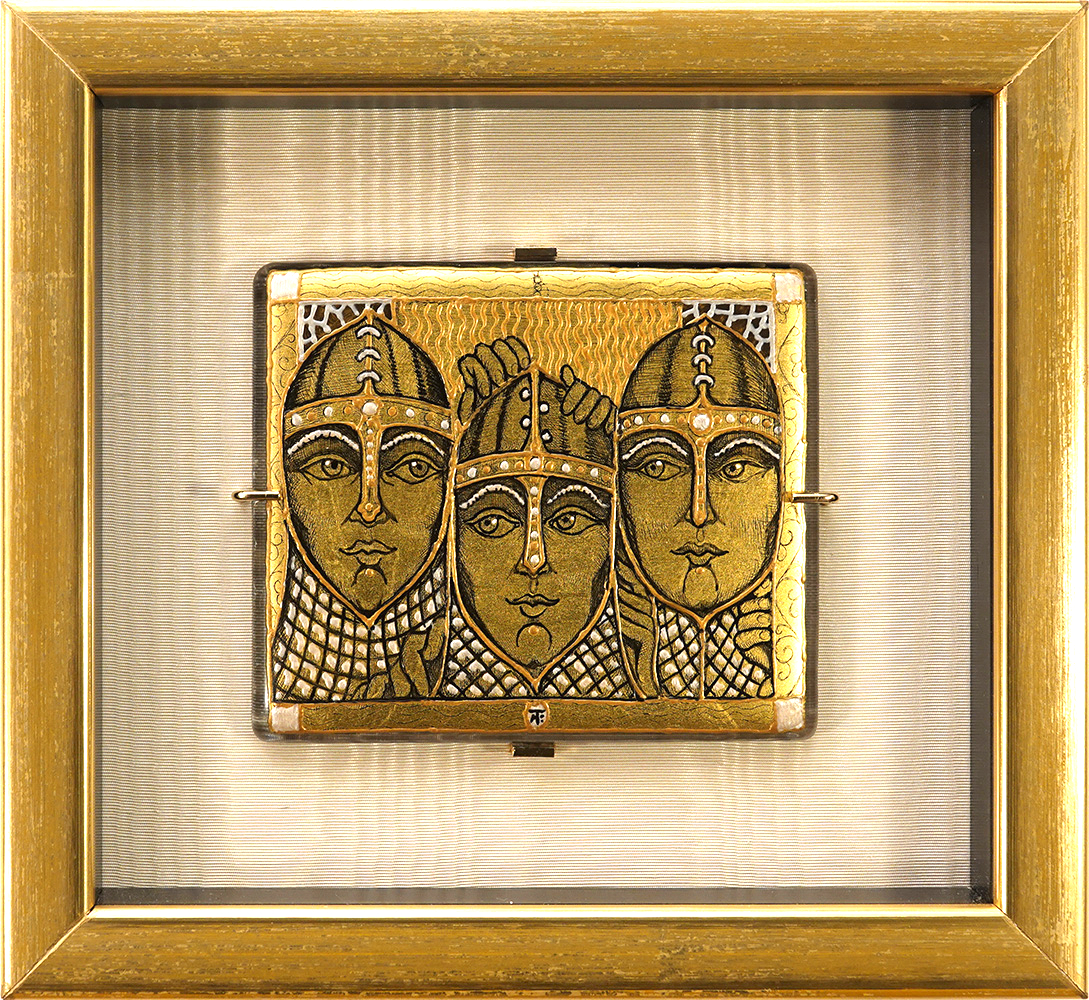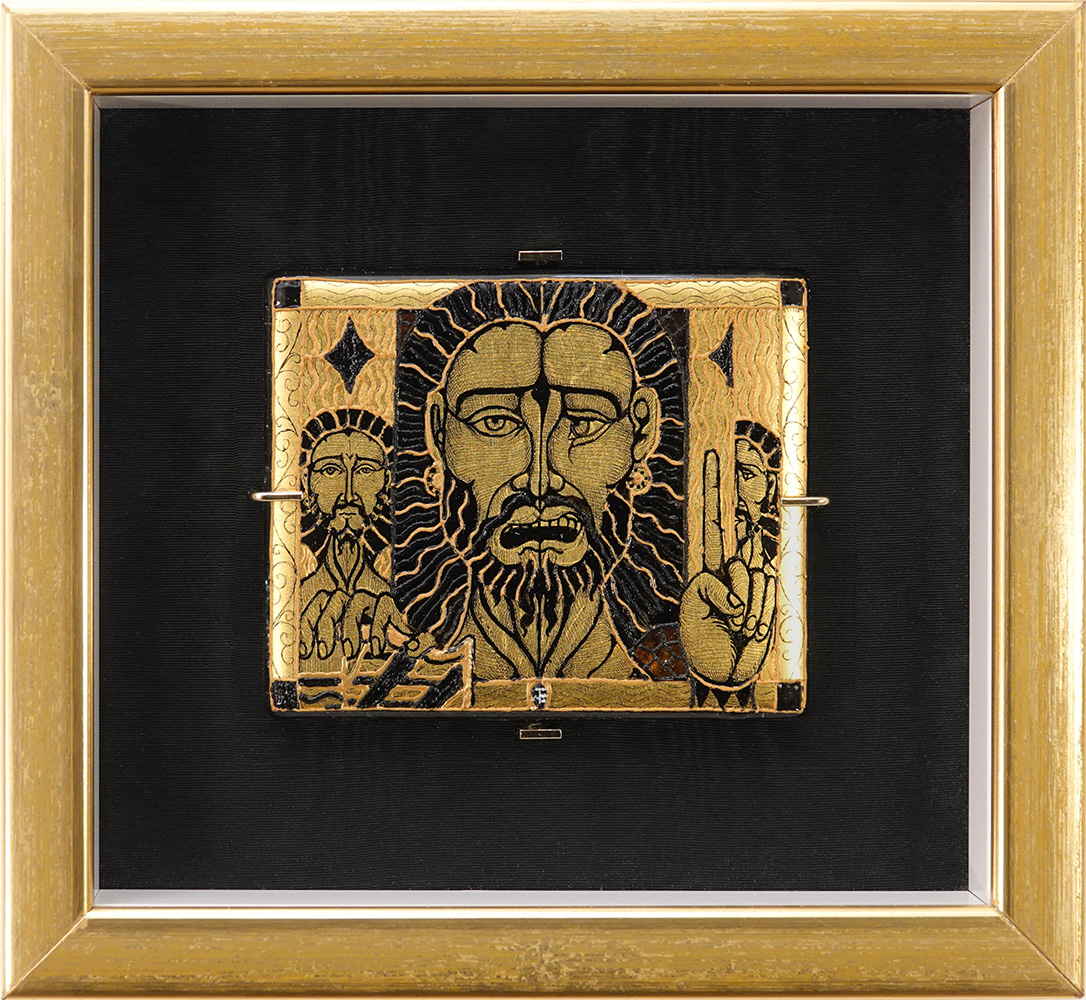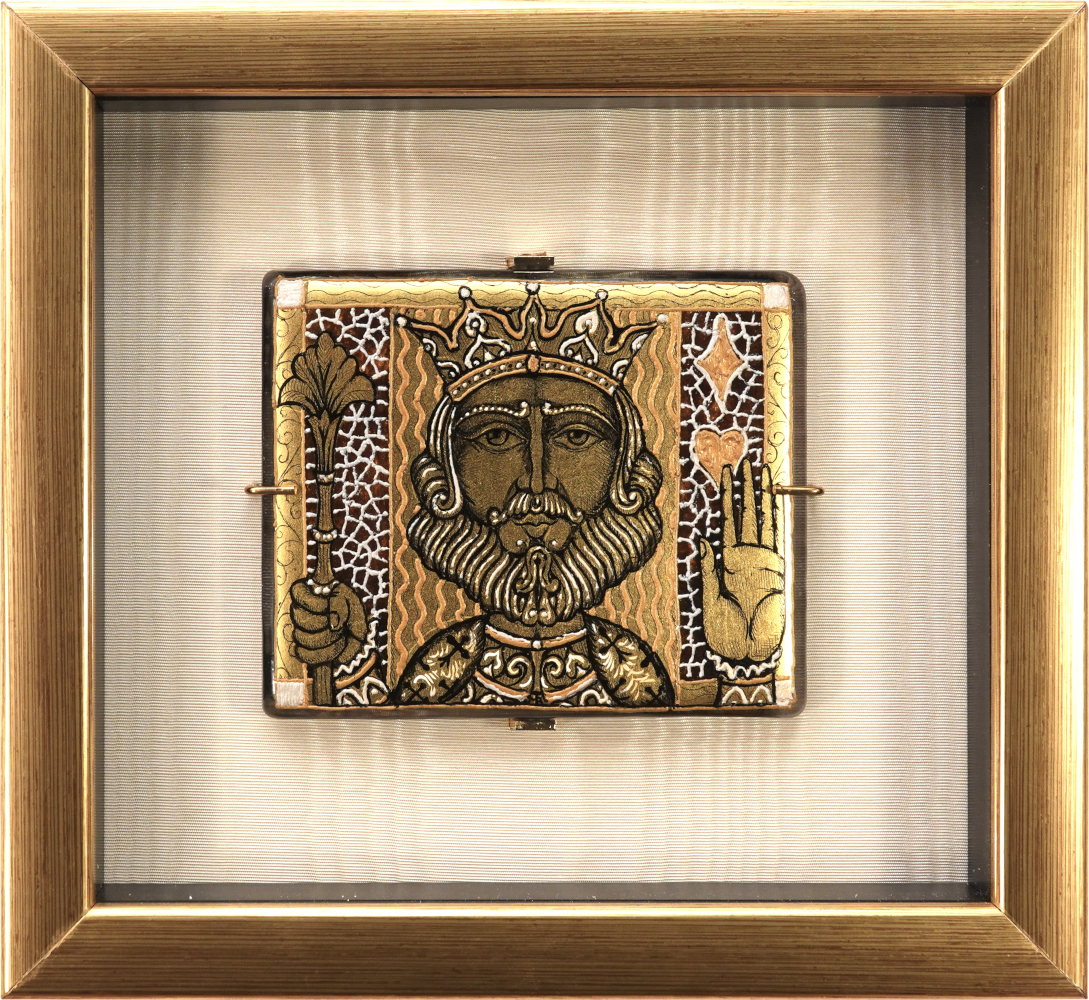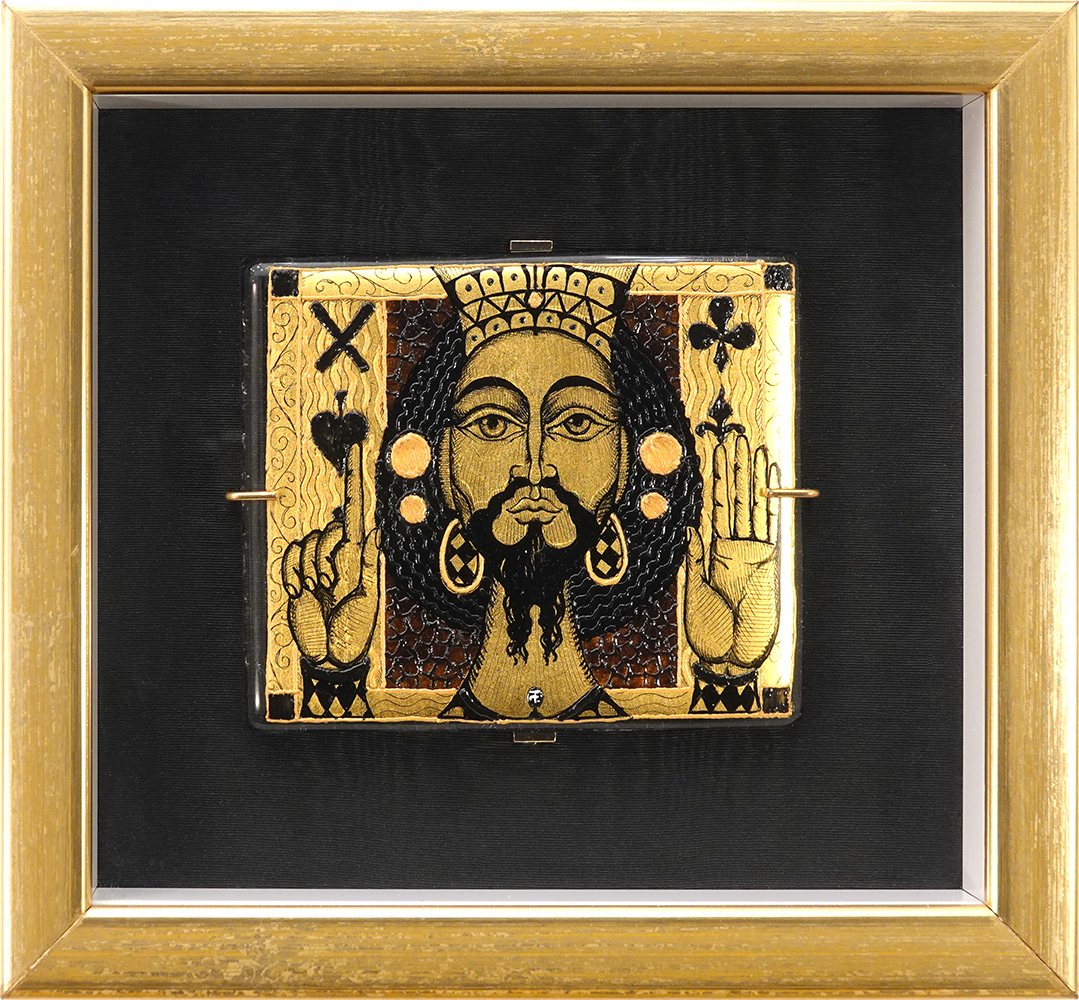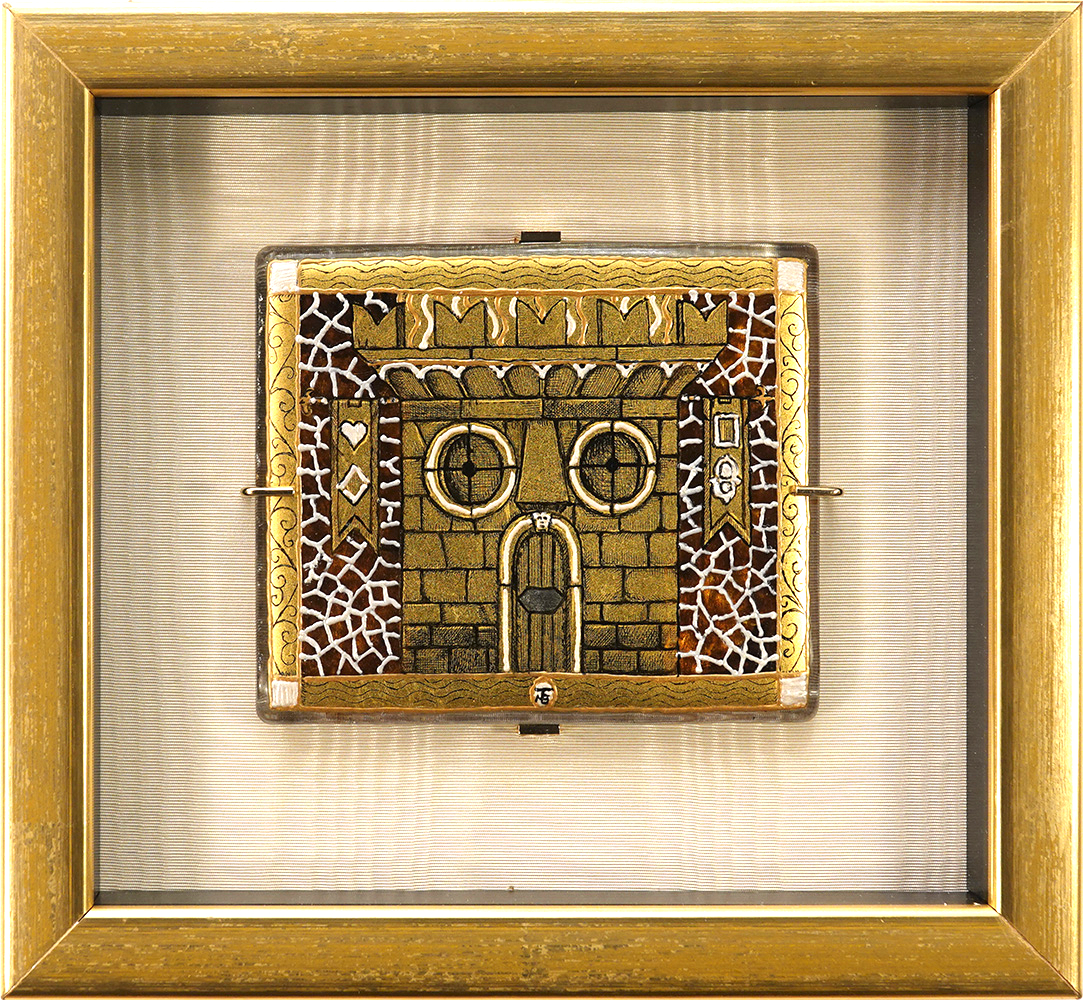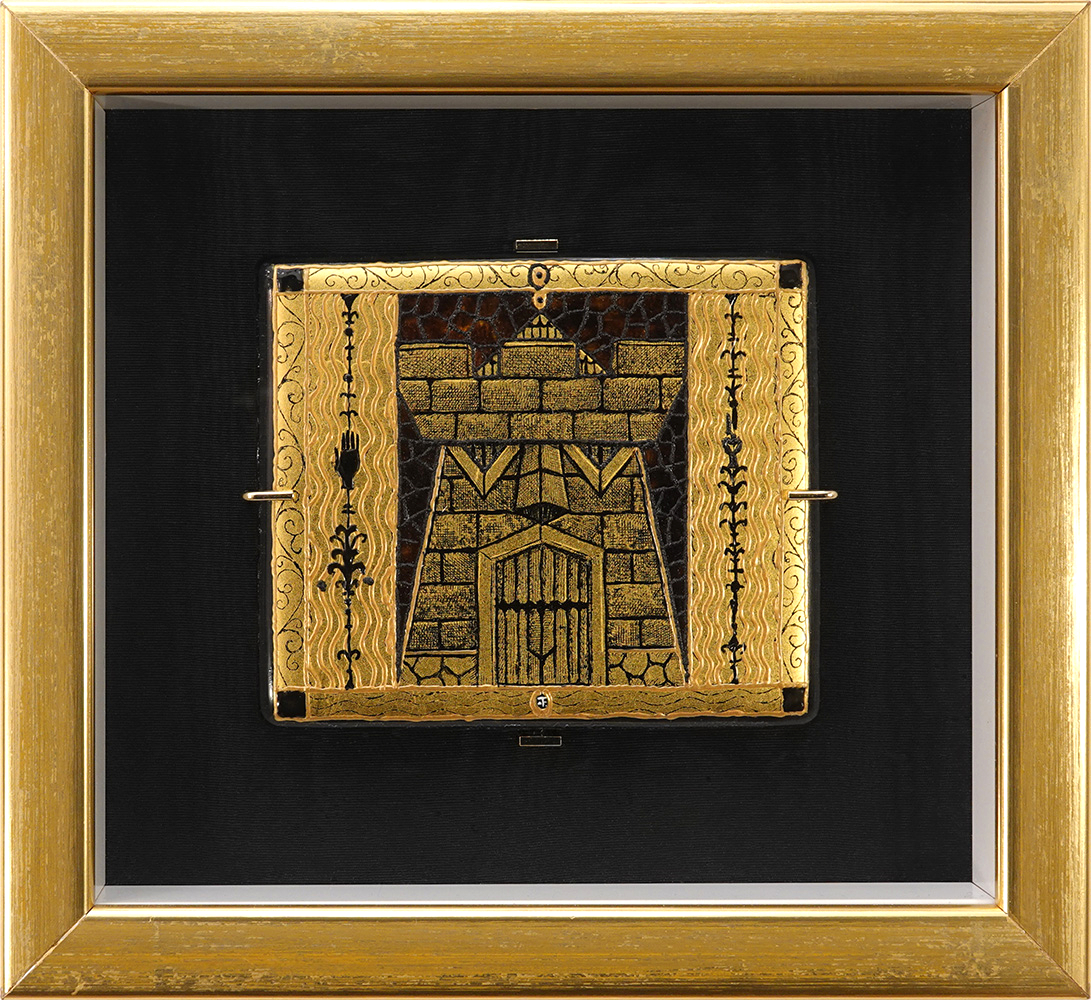The King
The absolute leader. Shah Mat. Check mate. The Shah is dead, the game is over. The two Kings are both frontal, completely part of the universe around them. The open left hand, to represent the whole: The maximum number of fingers that a hand can count. Because they are the best they can. The White King holds the scepter of absolute power. The Black King shows the index as a warning and teaching. Absolute knowledge. So the same. So different. So opponents.
The Queen
The Queen, the Woman. Next to the King. More powerful than him, in substance. Both Queens have the typical gaze of oriental icons, because both are aware of their role. Both show their bare hands. The right hand, in both, with the palm visible, all fingers extended, like the left hand of the Kings. The Black Queen also shows the back of the left hand, with a ring in the center, symbol of a union and a role (the middle finger as the center of the universe and the ring as union and circle of life) while the White Queen shows, like her husband, the palm of her left hand, but lowering two fingers (she cannot and does not want to be confused with him) intended as a symbol of her movement, which includes that one of the Bishop and the Tower.
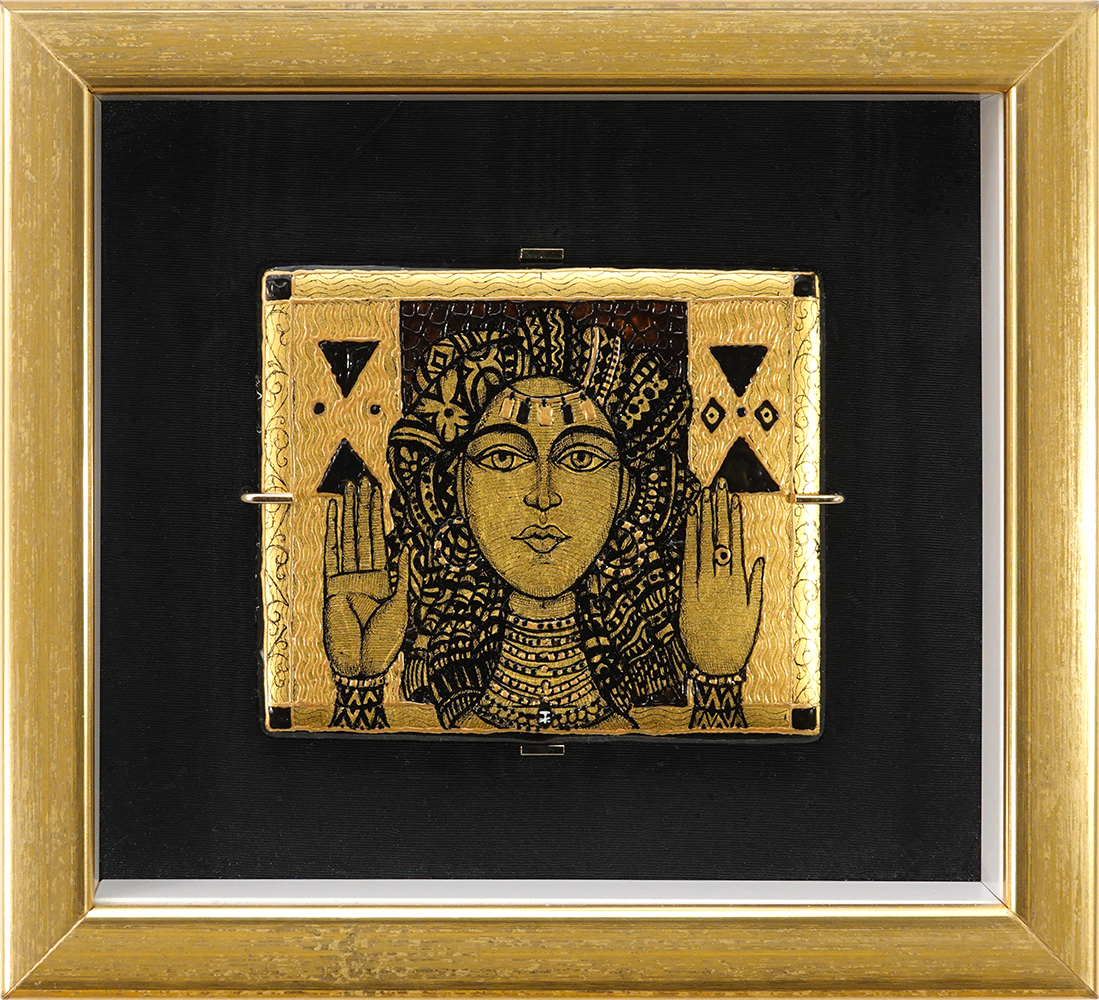
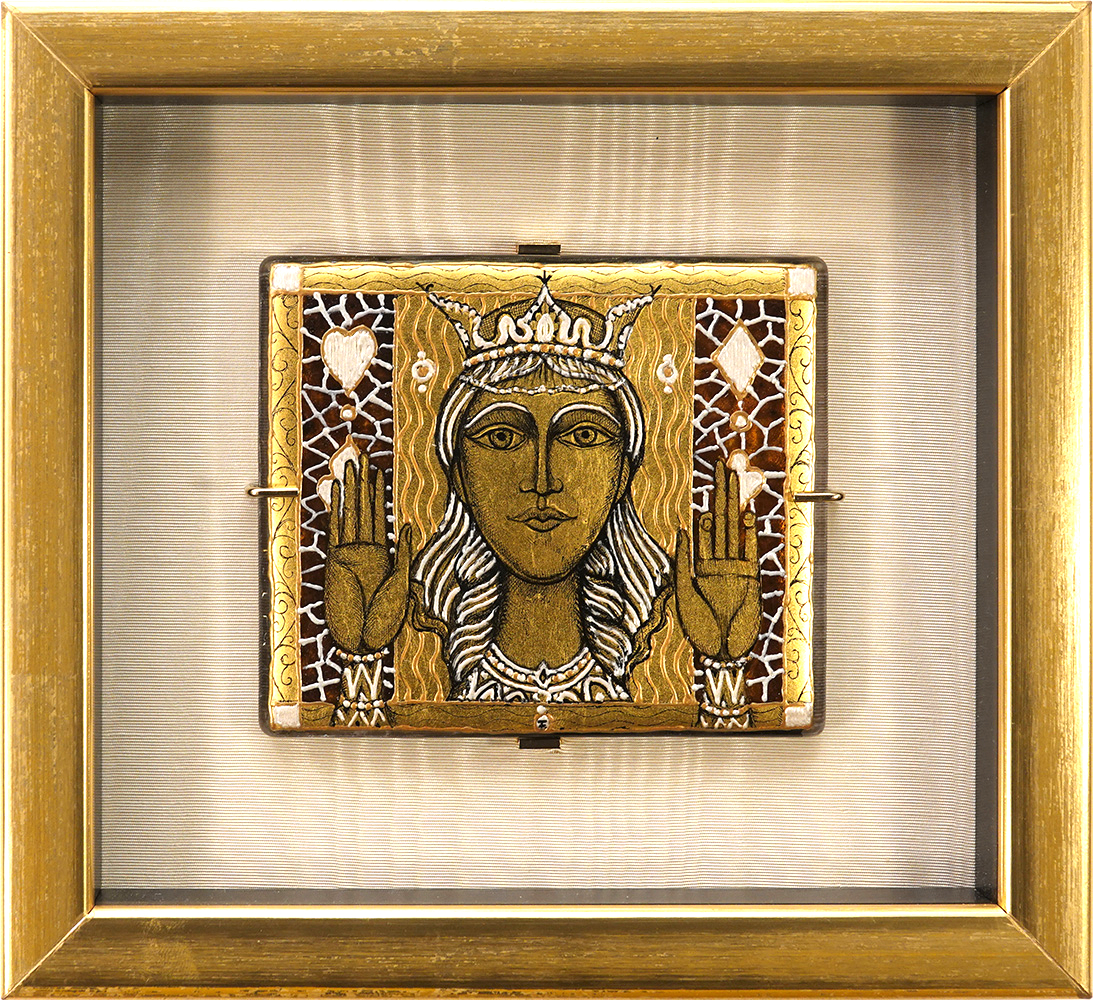
The Rook
In a world devoid of values and ideals, the Tower represents the tranquility, safety and power of one’s beliefs. Its direct movement is also synonymous of clarity and coherence. A Tower does not sway, it proceeds straight, by rows and columns. It is deployed at the ends of the chessboard, at the edge of the world. If and when the Tower falls, there is the Babel of the world, chaos, confusion. The black tower is square, rational: it is built on straight lines. The white tower is rounded, complete. It is built on curves.
The Knight
Jeckyll and Hyde, Man and animal, reason and instinct, schizophrenia and reason. The two men form an equal partnership with the animals and become part of it. The movement is also “crazy”. The Horse: creature dear to Ulysses “destroyer of cities” and towers …
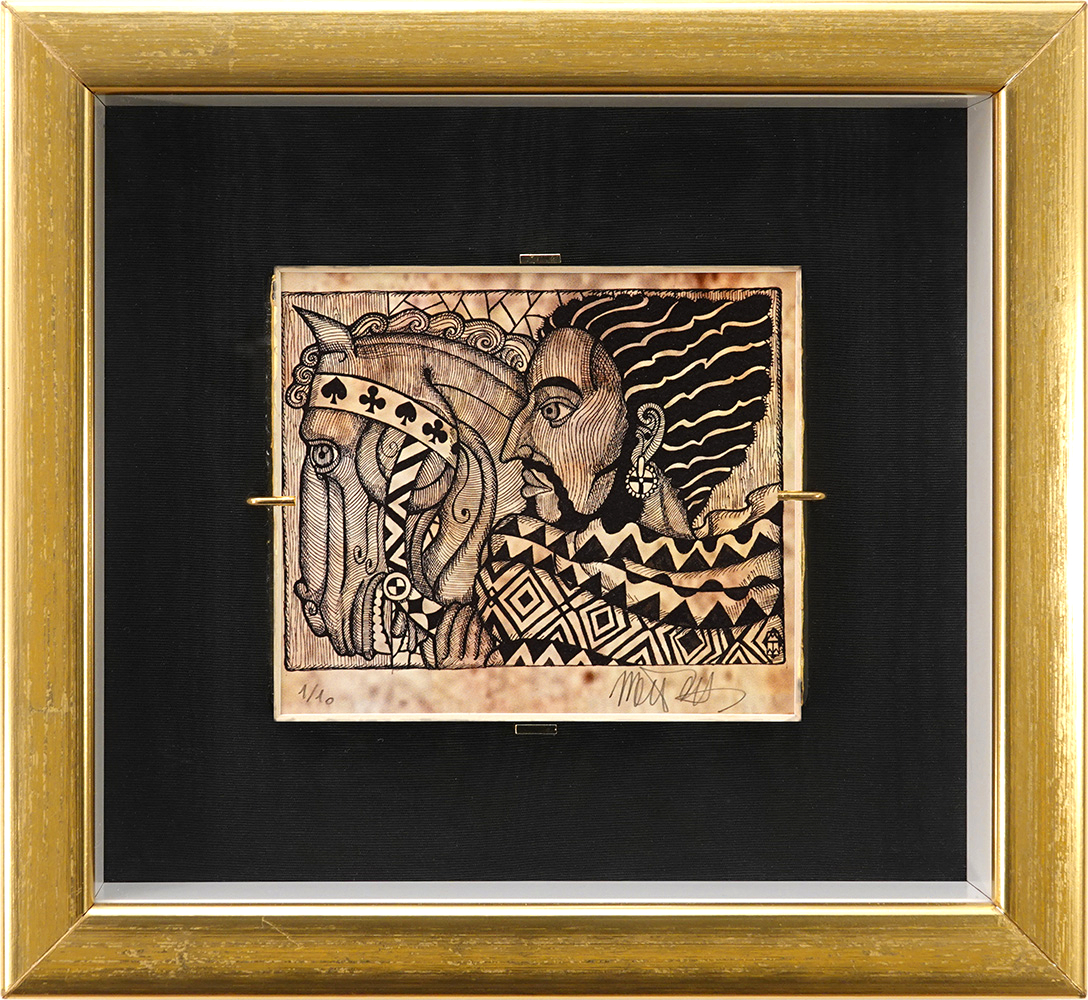
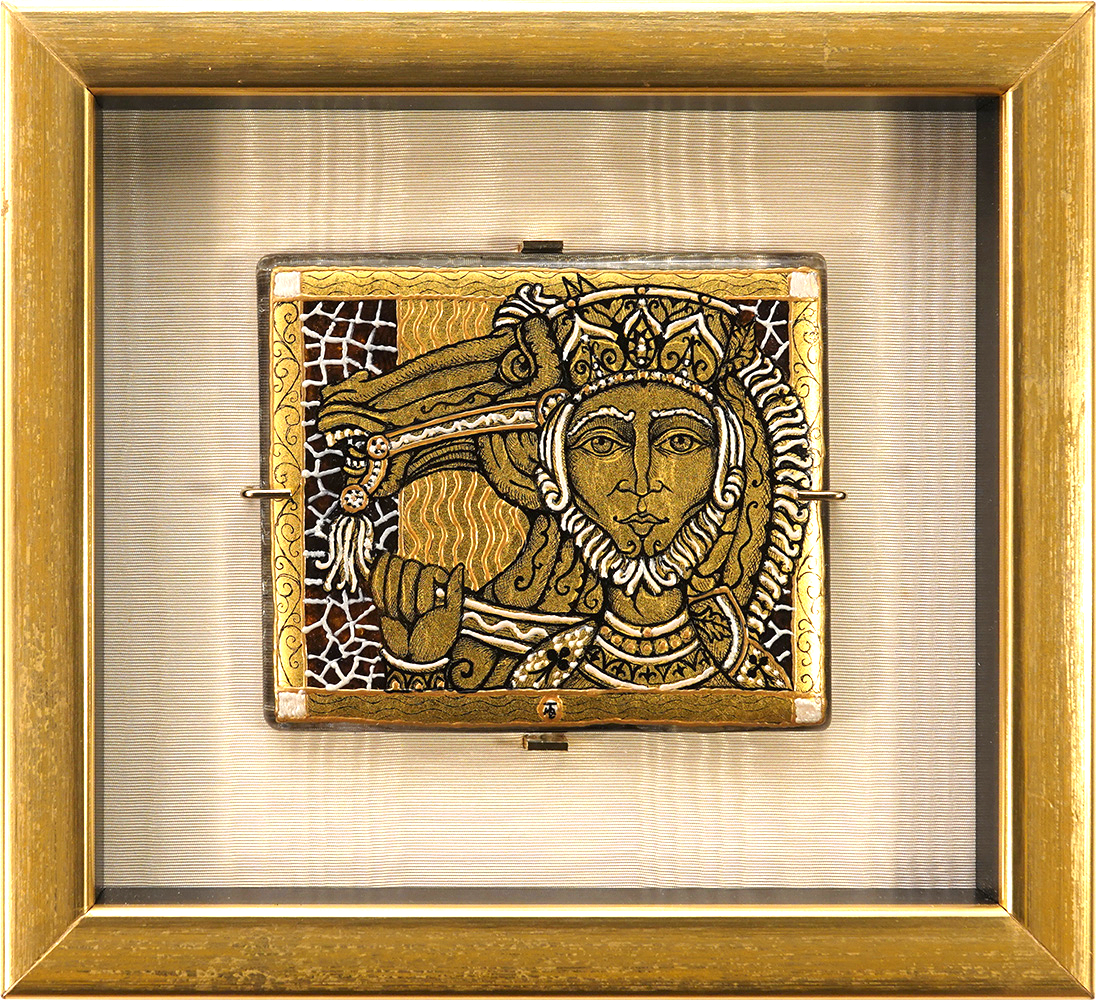
The Bishop
The Bishops find themselves alongside the sovereigns in the initial deployment, becoming jealous guardians of real secrets and confidences that they pretend not to listen to, but which in reality they store in the great deposit of their memory. The Bishop moves along the diagonals of the board. He can therefore only know the world from one point of view. The color of his diagonal, in fact: always and only White, or always and only Black. Paradoxically, he finds more elective affinities with the opposing Bishop who occupies his own diagonal color, rather than with his side “brother” who moves on the other squares, which are forbidden to him. The black Bishop aspires to become King, and he demonstrates this by showing a scepter and his open hand, as his ruler / idol / enemy. The white Bishop is smarter and hypocritically lowers his finger because he cannot be five, but only four. Currently.
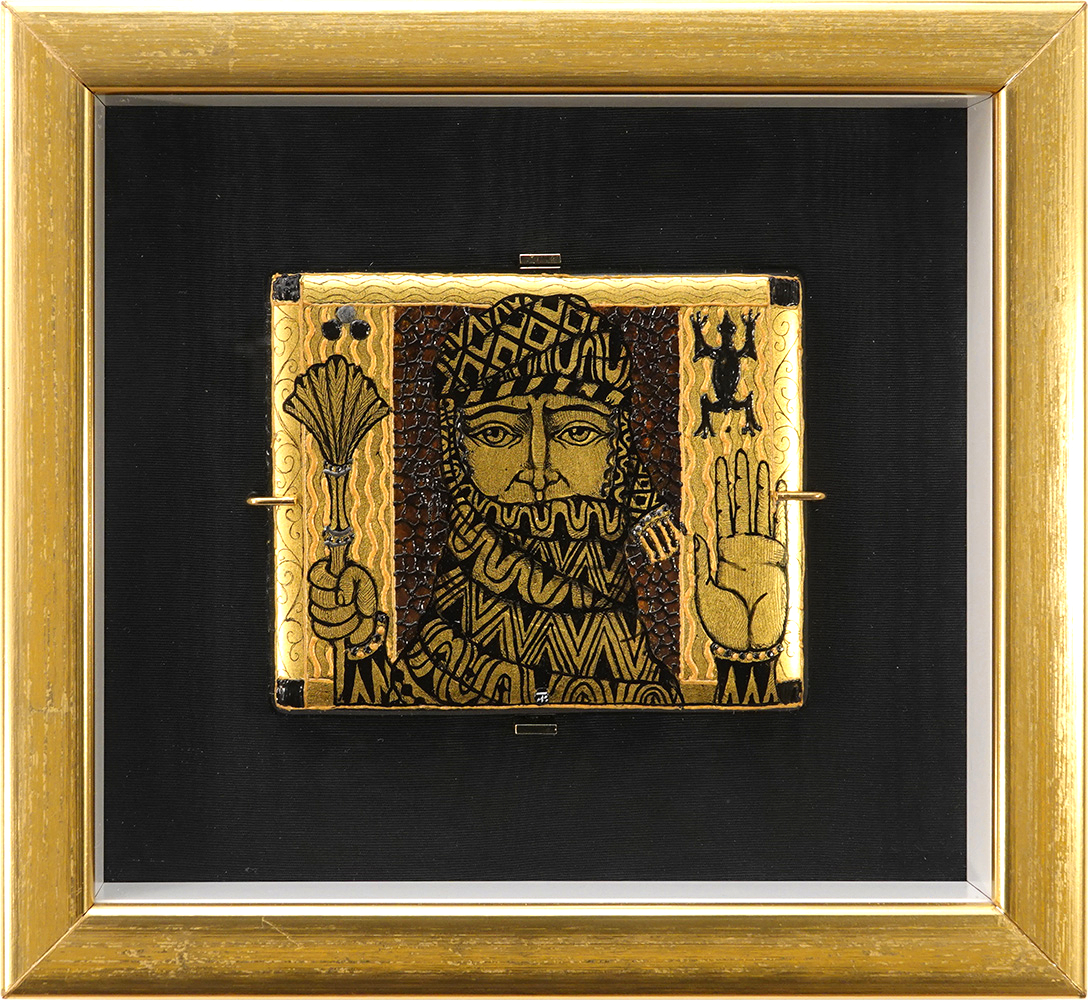
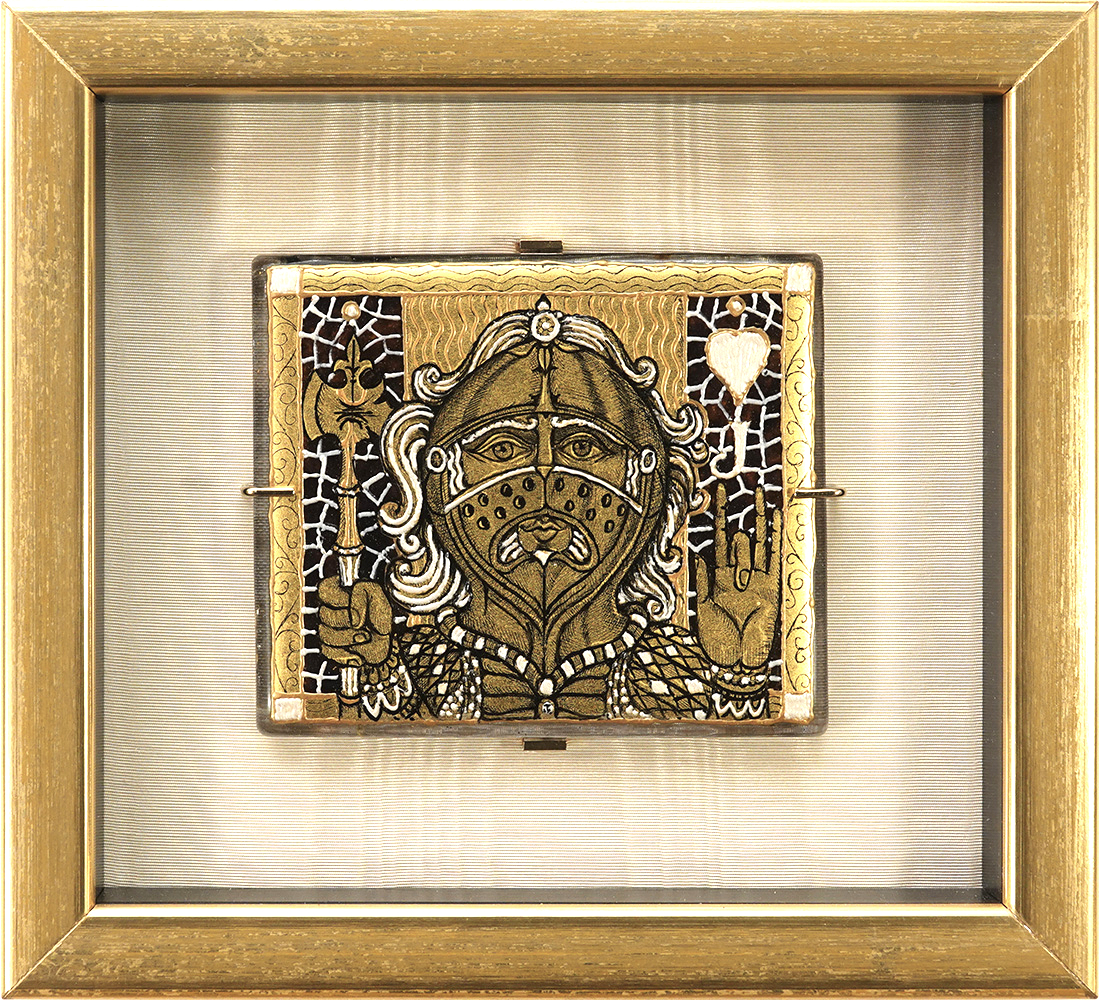
The Pawn
Pawns. Eight twins all the same, all aligned, all expendable. Pawns. Who fail to get into the family photo and push each other to appear alone at least once (White Pawn). Who can’t figure out whether the side in profile or the front side (Black Pawn) is better. Because there are so many. Too many.
Because they are only Pawns…
